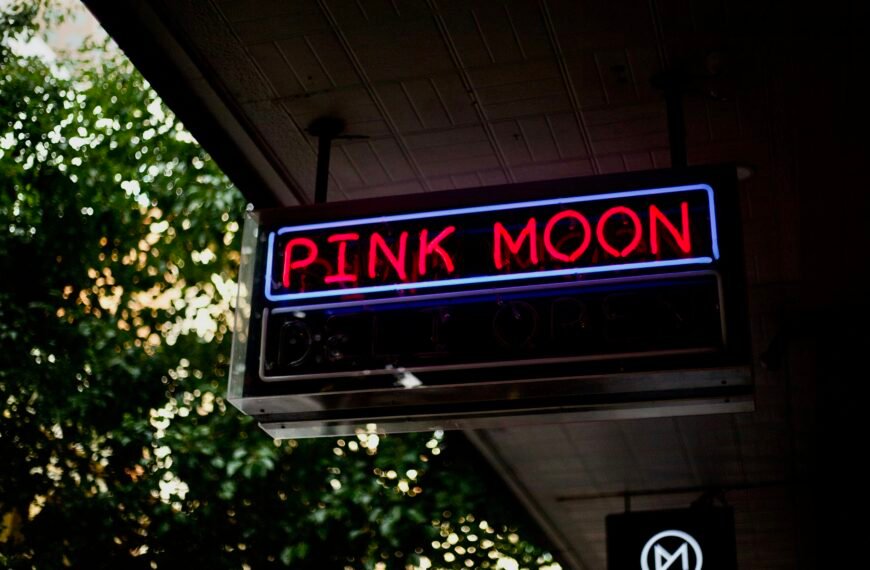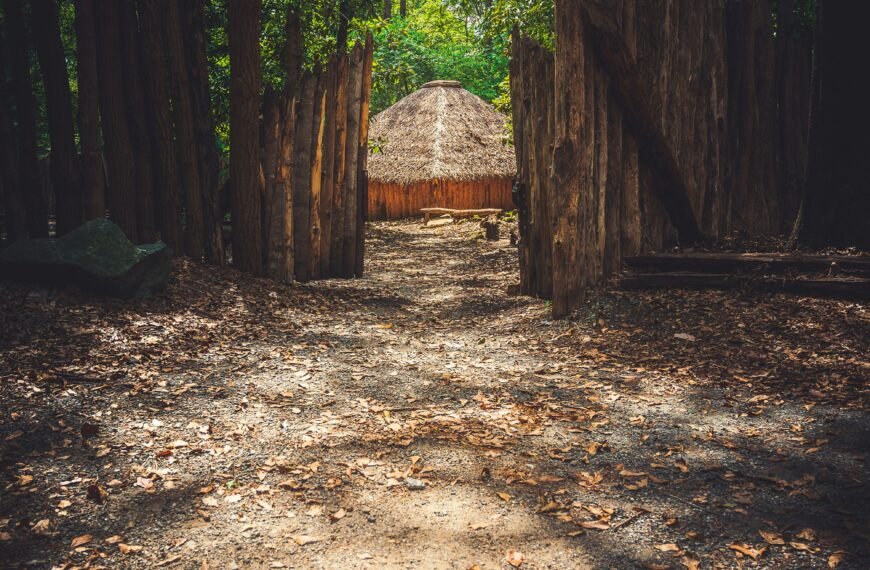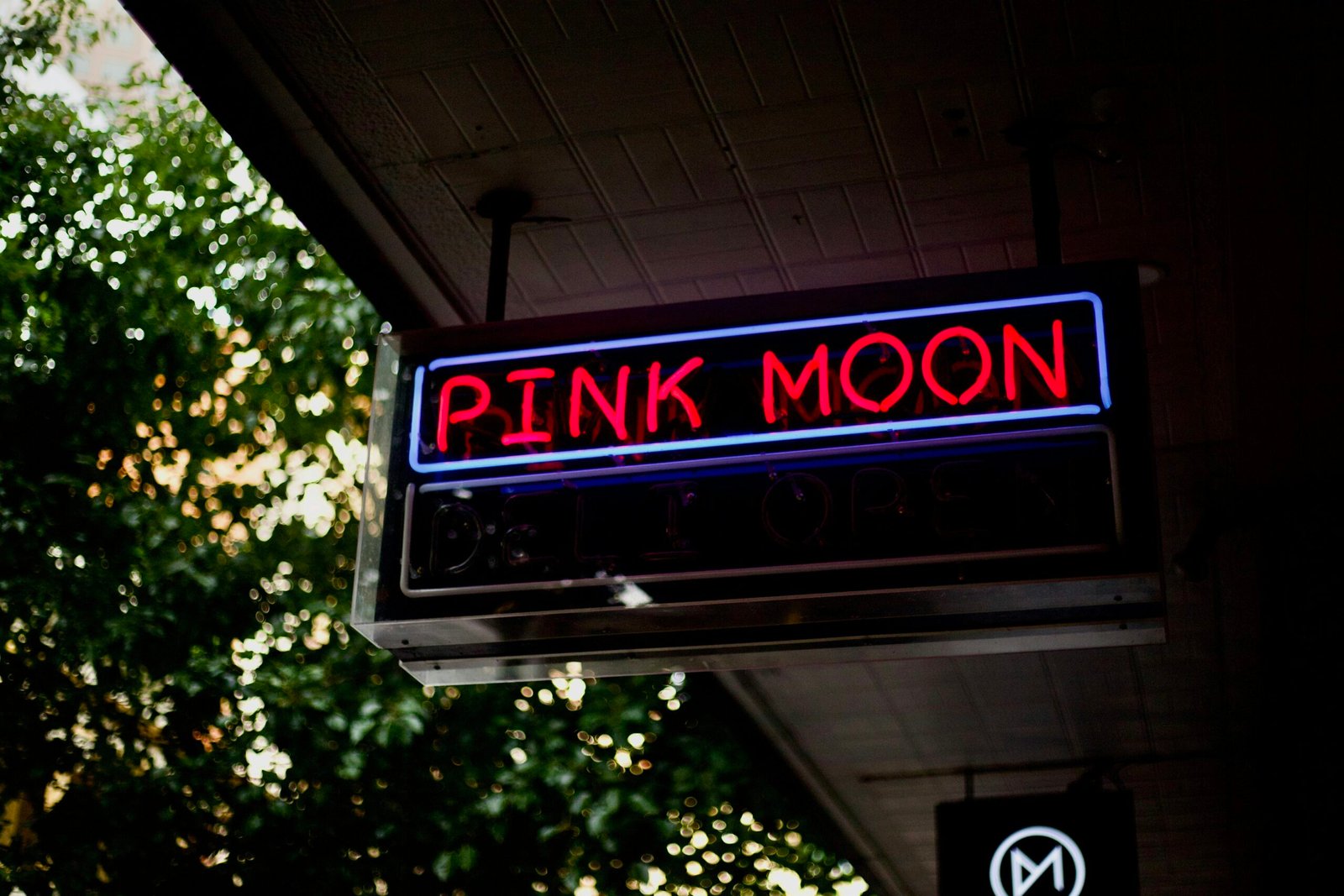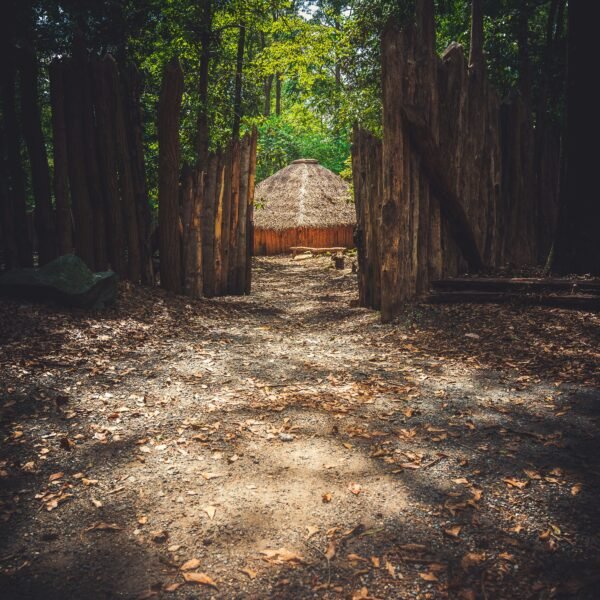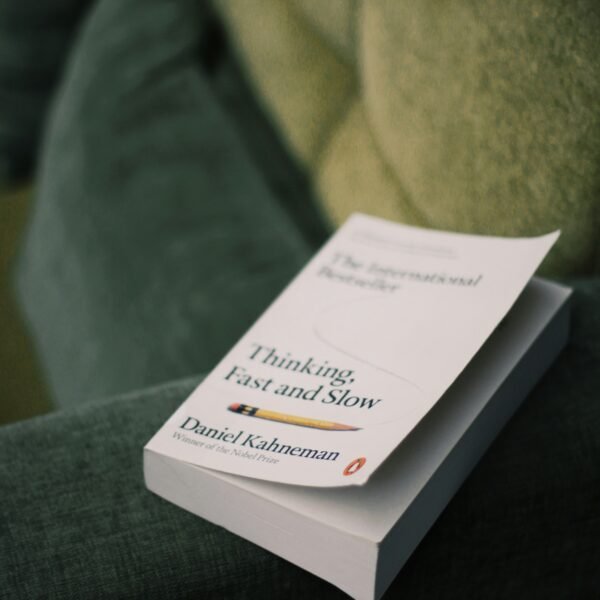In The White House Has That Sinking Feeling (Thanks to an Artist), Kiyan Williams, a multidisciplinary artist, has created a thought-provoking installation for the Whitney Biennial. Williams has recreated the column-lined facade of the White House using soil, and viewers can witness the sculpture crumble, sprout plants, and even give birth to insects. This contemporary ruin serves as both a symbol of mourning and a reflection of America’s diminishing power during a turbulent presidential election year. Williams, known for their transformative sculptures made from wet soil, collects earth from historically significant sites of loss in the African diaspora, seeking to give these painful histories the opportunity to regenerate and flourish. Through their work, Williams explores themes of identity, resilience, and the potential for transformation.
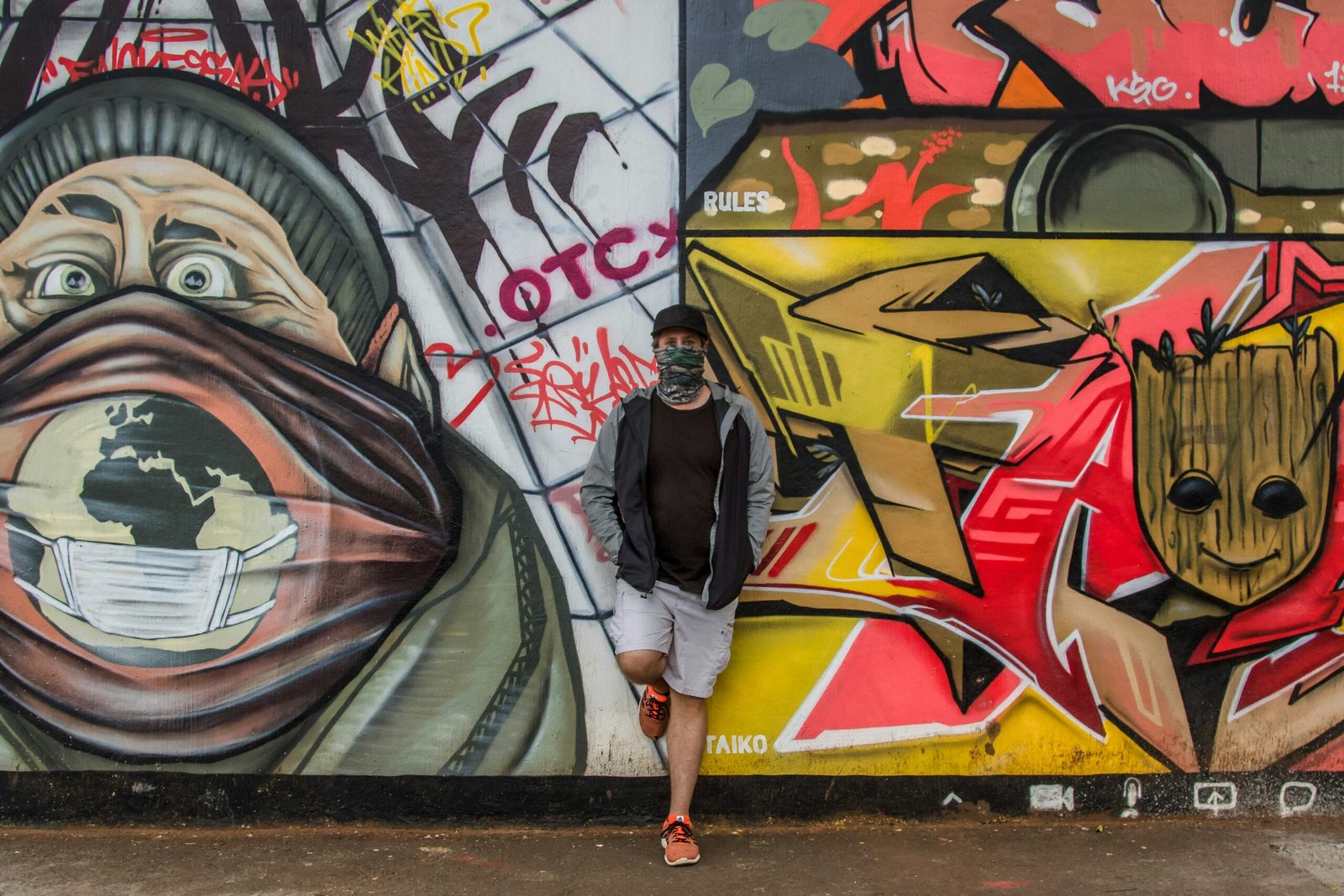
The White House Is Transformed into Art
The Whitney Biennial Commission Recreating the White House with Soil
At this year’s Whitney Biennial, the White House takes on a new form – one that is both symbolic and transformative. Artist Kiyan Williams has recreated the column-lined facade of the White House using soil. This unique artwork can be seen on a roof terrace, where viewers can watch as it crumbles, sprouts plants, and even gives birth to insects. The installation is a contemporary ruin that captures the essence of American power in the midst of a contentious presidential election.
The Symbolism Behind the Artwork
Earth as a Metaphor for Transformation
Williams’ artwork carries deep symbolism, using the earth as a metaphor for transformation. The dirt represents all the things that once made the artist feel ashamed of their body, but also symbolizes the possibility for regeneration. By recreating the White House with soil, Williams highlights the impermanence of power and the potential for change.
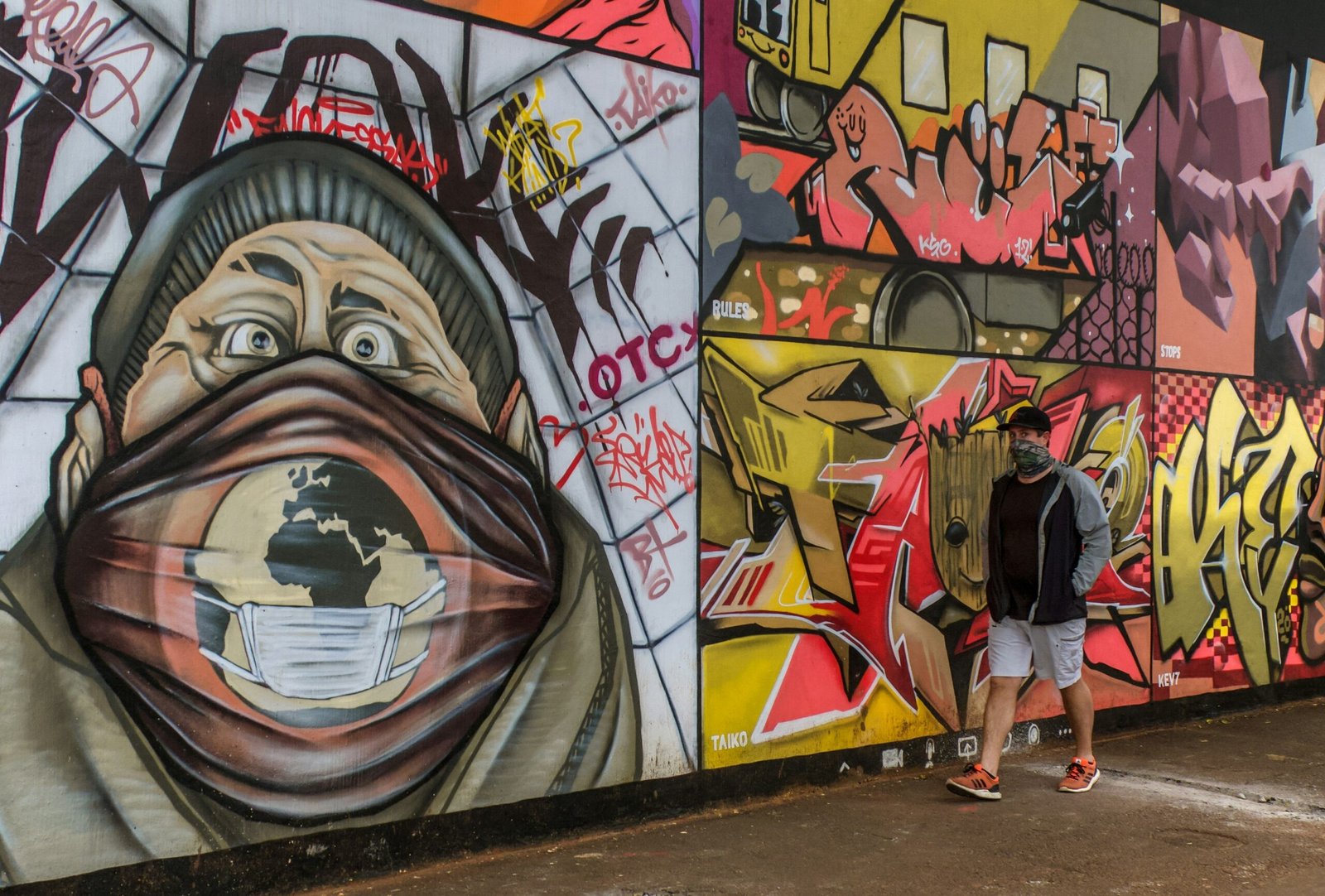
The Artist’s Unique Approach
Using Soil from Historically Significant Sites
Williams takes a unique approach to their art, incorporating soil from historically significant sites of loss in the African diaspora. Soil from plantations in the American South, street corners where Black trans women were murdered, and river banks that served as thoroughfares for the domestic slave trade all find a place in their sculptures. Through this process, Williams aims to give these painful histories a chance to regenerate and allow life to flourish in the face of adversity.
The Impact of the Artwork
Reflecting on American Power and Politics
The White House is not just a symbol of American power, but also a representation of the country’s politics. By transforming it into a crumbling sculpture made of soil, Williams invites viewers to reflect on the fragility and impermanence of power. The artwork serves as a poignant reminder of the ever-changing nature of politics and the potential for transformation.
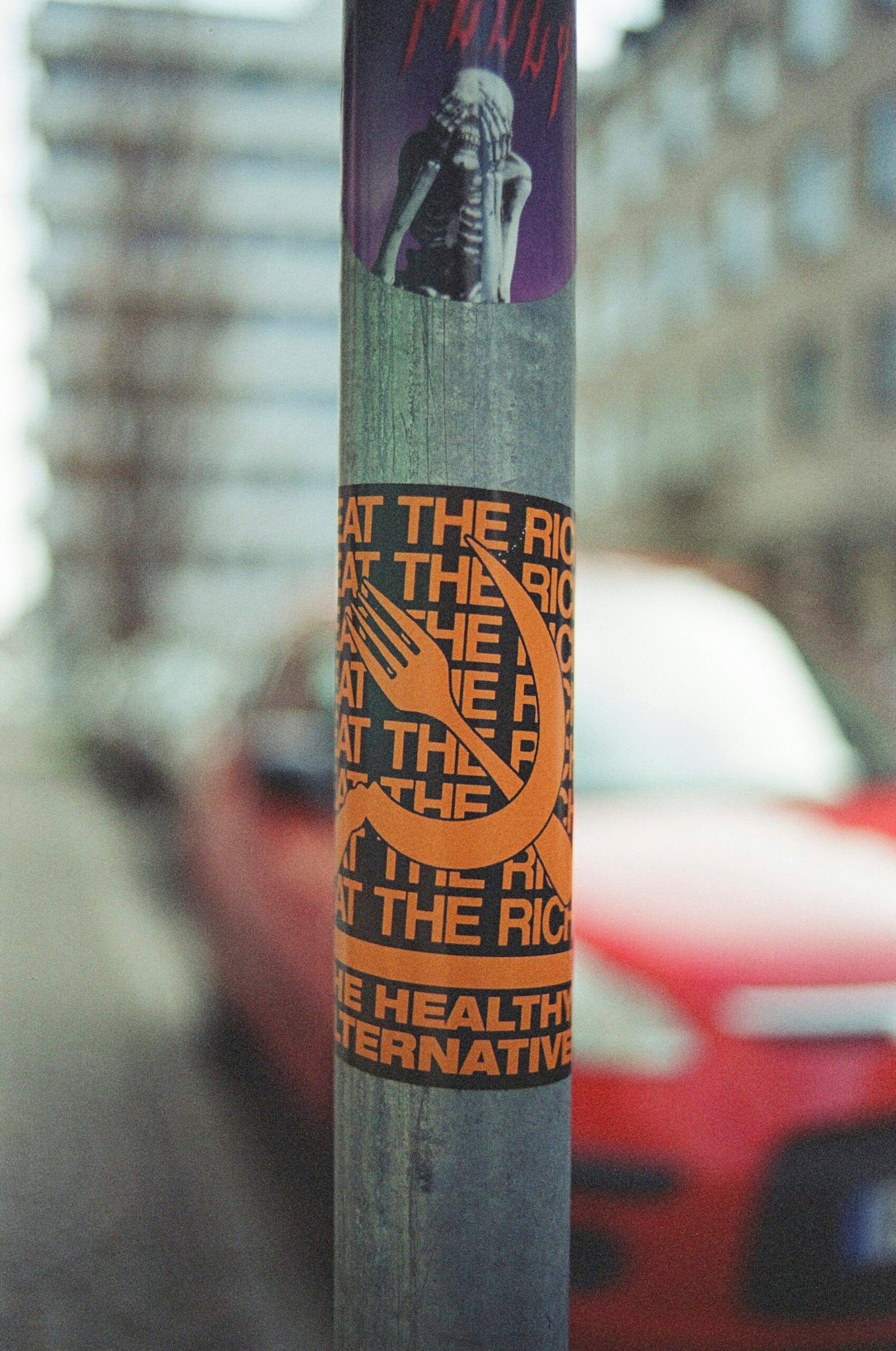
The Rising Star of Kiyan Williams
Emerging from the Quiet Biennial
Despite the quiet and genteel nature of this year’s Whitney Biennial, Kiyan Williams has emerged as a rising star. Their unique approach to art, combining political commentary with symbolism and regeneration, has garnered attention and praise. The White House installation is just one example of their thought-provoking and impactful work.
The Personal Journey of the Artist
From Difficult Childhood to Political Art
Kiyan Williams’ personal journey has greatly influenced their art. Growing up in New Jersey, Williams faced numerous challenges that have shaped their artistic expression. Their work is deeply rooted in politics and aims to challenge societal norms and bring attention to marginalized communities. Through their art, Williams transforms personal experiences into powerful statements of resilience and resistance.
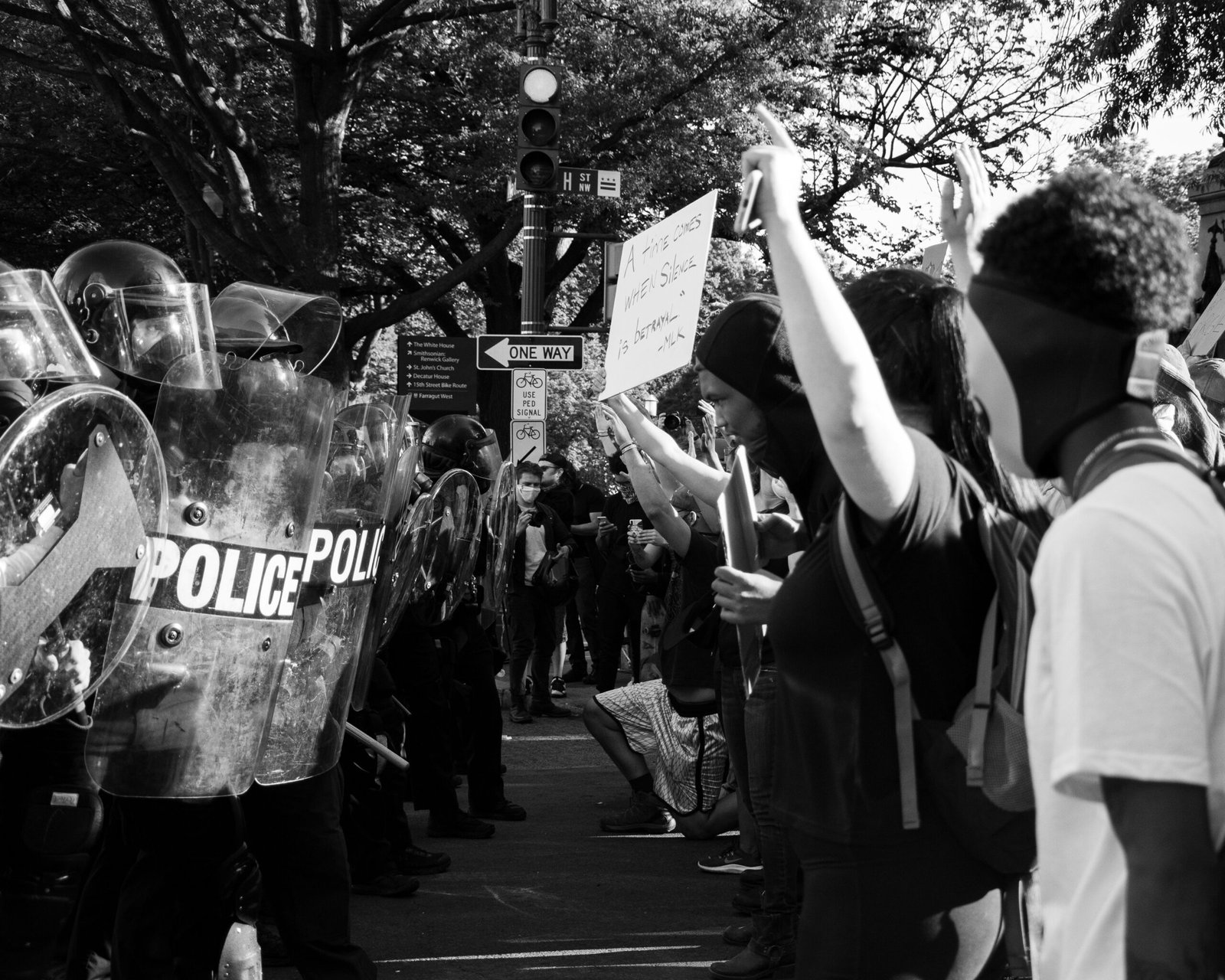
The Connection between Art and Politics
Art as a Medium for Political Expression
The connection between art and politics has long been established. Art has the power to provoke thought, challenge the status quo, and bring attention to social and political issues. Kiyan Williams’ work exemplifies the merging of art and politics, using their sculptures to highlight systemic injustices and advocate for change. Their art serves as a medium for political expression and invites viewers to engage in critical dialogue.
The Complexities of Identity and Expression
Representation and Regeneration
Identity and expression are complex and multifaceted issues that often intersect with politics. Williams’ artwork explores the complexities of identity and challenges traditional notions of representation. By incorporating soil from historically significant sites, Williams provides a platform for marginalized communities to be heard and seen. Their art acts as a catalyst for regeneration and transformation, inviting viewers to question societal norms and embrace diverse identities.
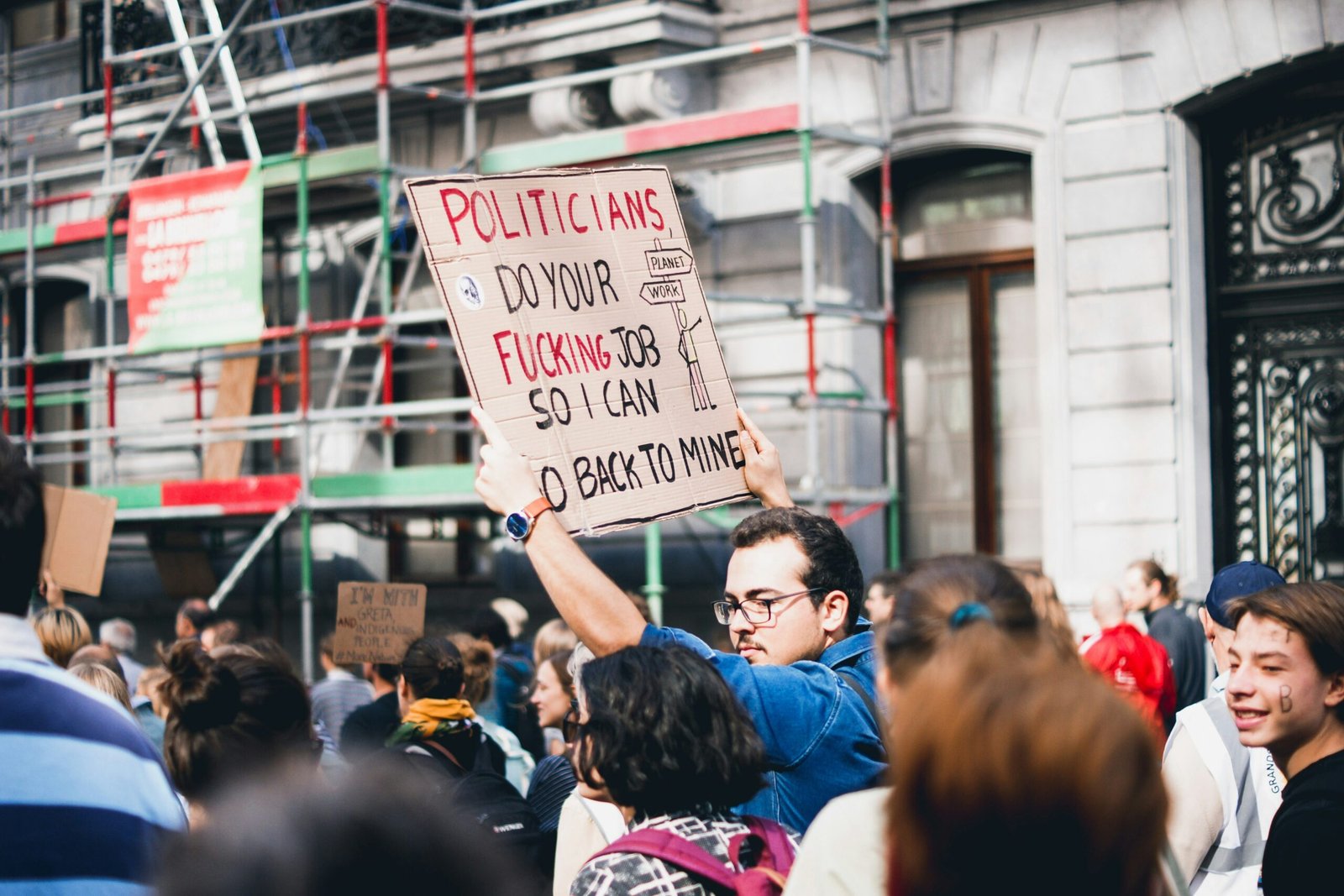
The Permanence and Impermanence of Art
The Fragility of the Sculpture
Art has the power to leave a lasting impact, but it is also inherently fragile. Williams’ sculpture of the White House serves as a reminder of the impermanence of art and the transient nature of power. As the sculpture crumbles, sprouts plants, and gives birth to insects, it symbolizes the ever-changing landscape of politics and the potential for new beginnings. The fragility of the artwork mirrors the ephemerality of political power and serves as a commentary on the fleeting nature of human achievements.
The Significance of the Whitney Biennial
An Exploration of Contemporary Art
The Whitney Biennial holds great significance in the art world as a platform for showcasing contemporary art. It provides a space for artists like Kiyan Williams to share their unique perspectives and challenge conventional norms. The inclusion of their artwork at the Biennial highlights the importance of diverse voices and the ability of art to ignite social and political discourse. Through their thought-provoking and impactful sculptures, Williams contributes to the greater conversation surrounding contemporary art and its ability to effect change.


